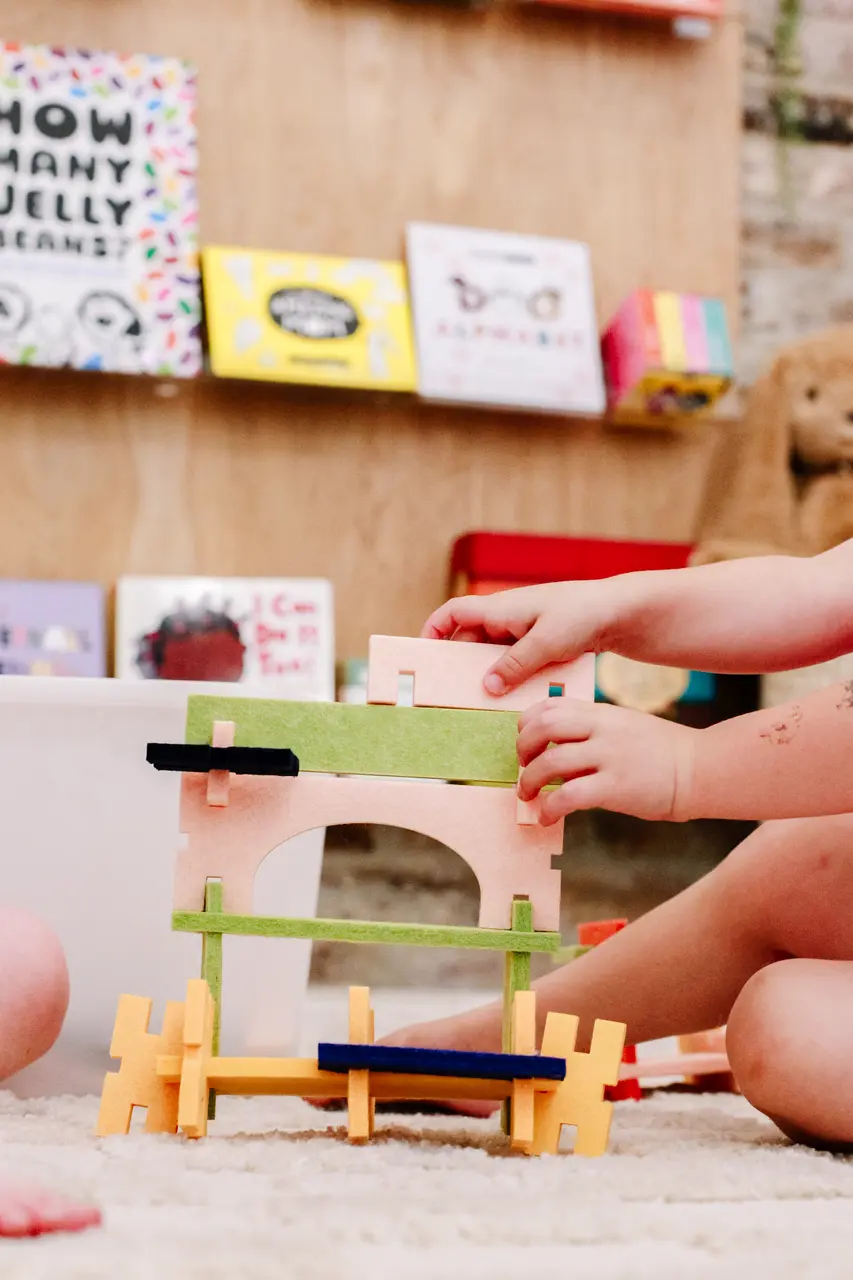
here's how you can include Montessori-style learning at home
Let’s chat: Montessori toys
Montessori toys are specifically designed to encourage children to learn through hands-on exploration and play. Unlike traditional toys, Montessori toys are often simpler in design, made from natural materials, and focus on encouraging independence and creativity in children. These toys are meant to promote skill development and critical thinking in a child-centric way, aligning with the Montessori philosophy of education.
What is the Montessori Method?
Developed by Dr. Maria Montessori, an Italian physician, Montessori education is child-focused with the intent of fostering independence and self-motivated growth. It spans all developmental areas - cognitive, emotional, social, and physical.
Montessori education is based on freedom of choice through a structured environment where teachers guide lessons rather than dictate specific instructions. It is common to see children of mixed ages as well.
“The greatest gifts we can give our children are the roots of responsibility and the wings of independence.” — Maria Montessori
The Montessori method operates under four tenants, or the “4 C’s” - critical thinking, collaboration, creativity, and communication. This is what we will explore in this blog.
Benefits of Montessori toys for child development
Montessori toys focus on promoting creativity, independence, and problem-solving skills in our littles. These toys encourage hands-on exploration and active learning, fostering a child’s cognitive and physical development. Montessori toys emphasize:
- Sensory Development: They engage multiple senses, aiding in sensory awareness and fine motor skills.
- Critical Thinking: They stimulate reasoning and decision-making abilities through open-ended play.
- Independence: These toys empower children to make choices and learn at their own pace.
How to spot Montessori toys
Montessori toys are usually made from natural materials like wood and encourage open-ended play. They focus on simple designs and aim to promote independence and creativity in playtime. Montessori toys tend to be more educational, with an emphasis on developing practical life skills and fostering sensory exploration. These toys typically have a minimalist look and are free from loud noises or flashy colors, allowing children to engage in quieter, focused play.
The goal is to encourage imagination, creativity, and social interaction in children. And because Montessori-style toys don’t require batteries or electricity to function, they are usually more cost-effective. The downside? these toys may lack educational features seen in some modern toys. They may also be less engaging for children who are used to digital entertainment (yes, we live in a digital world, but they have plenty time to learn that! read more about the harms of screen time in kids HERE).
Incorporating Montessori toys into playtime
Montessori toys are designed to encourage hands-on, interactive learning for kids. These toys focus on promoting creativity, independence, and problem-solving skills. By incorporating Montessori toys into playtime, you can help your child develop important skills such as critical thinking and sensory exploration. Some key benefits of Montessori toys include:
- Encouraging independence and self-directed learning
- Promoting cognitive and motor skill development
- Fostering creativity and imaginationIntroducing Montessori toys can enrich your child’s play experience and support their overall development in a fun and engaging way.
Around the house
There are plenty of items you likely already have on hand to create a Montessori-style activity. there are plenty of free activities on Pinterest and Instagram to get you started. Some of our favorite profiles are @montikids and @montessorifromtheheart
Shop MM
Of course, you know we have you covered with ready-to-go toys that are sure to engage your littles’ minds and hands. Here are a few of our current faves:
- Wooden ball run
- Tumbling towers in florals and outdoor jumbo
- Gardening kit

